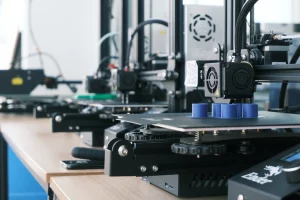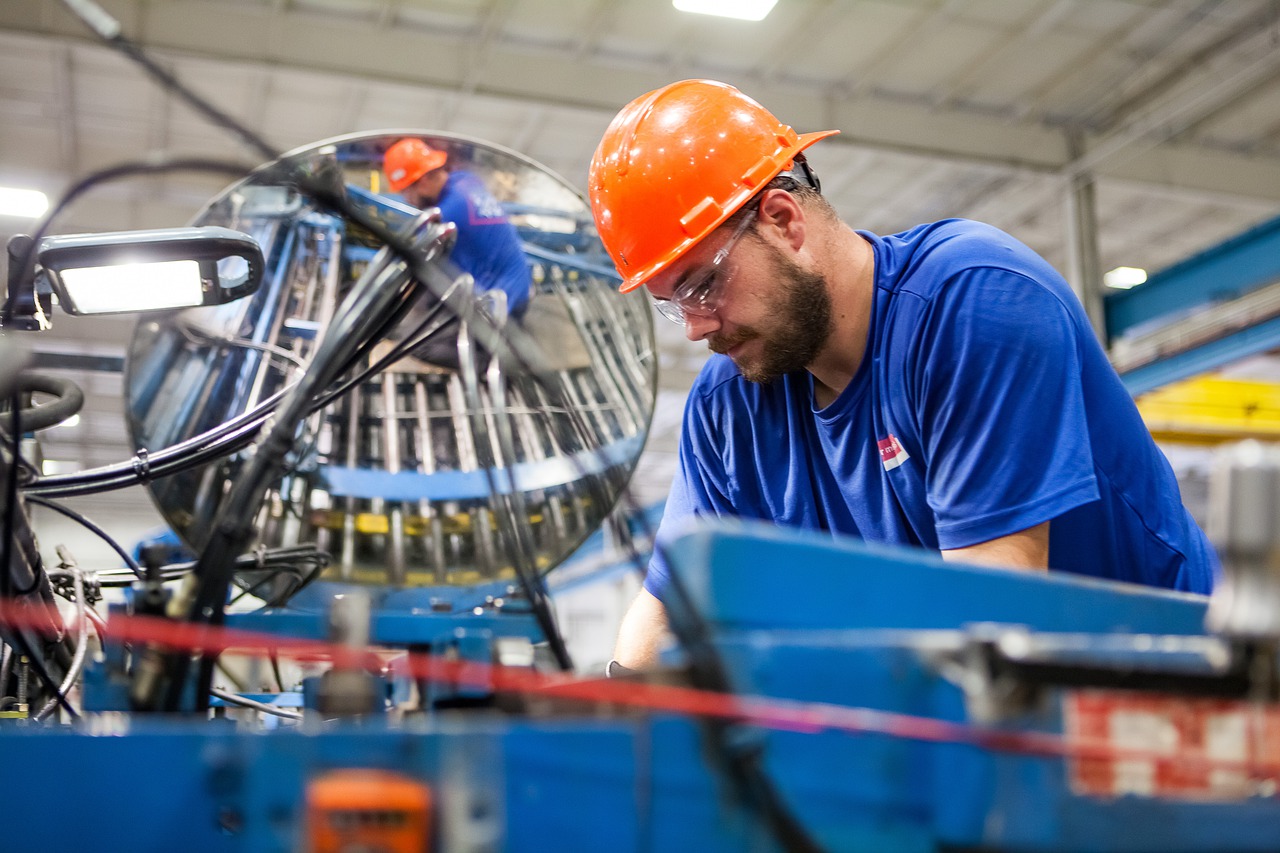How You Can Automate Your Manufacturing Processes
In recent times, automation has taken over numerous processes in corporations and organizations. Implementing technology has made procedures more efficient and easy to complete as they may operate on their own. Since very limited human participation is necessary for automation, processes are finished significantly faster. As well as that, automation has low errors compared to hand processing because weariness, bias, and neglect are avoided.
Moreover, in manufacturing processes, automation can be employed in many ways. This has helped firms produce excellent products, boost customer experience, and reduce downtime in the processing. When selecting to automate your manufacturing operations, you should plan what areas you’re going to start with. Of course, it’ll be incremental as it requires testing before you can fully take it on.
Here are the numerous approaches you can employ to automate your manufacturing process:

Begin with the most appropriate automation system for your needs
First and foremost, you should be aware that if they wish to incorporate industrial automation, you need a pretty hefty budget. These things do not come cheap, although the return on investment is more than worth it.
As a result, you must determine which tools need to be improved in order to adopt automation in order to optimize your work as well as increase the overall performance of the manufacturing business in question.
As a general, when companies decide to automate their operations, the machinery is not automatically set up, and you must make particular modifications, which are made possible through the use of a factory automation systems and industrial automation controls. You should select the most relevant option from the options listed below:
Computer-Integrated Manufacturing (CIM) is the complete computerization of manufacturing-based business and development activities. It includes CAD and CAM, computer-aided planning/scheduling/production, automated transfer platforms, robotics, and flexible machine systems, among other things.
The ability to change and rearrange development processes in order to capture the configuration of output and variation is made possible by programmable automation platforms. Such systems make use of numerical control machine equipment that is activated by a computer program in order to design diverse items’ parts and components.
When it comes to manufacturing, Flexible Manufacturing Systems (FMS) expand the capabilities of programmable platforms by allowing readjustment with limited or no time lost throughout the manufacturing process.
Remember to set aside time for testing
You need to implement a test version of the solution once you have completed your automation strategy for the manufacturing process. Tests allow engineering specialists to evaluate the effectiveness of an automation plan in the context of a real-world process that is running in real-time.
Be prepared to incorporate all essential optimizations into the test solution as soon as they obtain the results of the test solutions. Analysis of the results should be carried out in order to determine which outcomes should be automated and which outcomes should remain in place as they currently stand.
A relationship with all essential stakeholders will ensure that you are aware of all discrepancies between the testing environment and the original environment, and that you are able to correctly implement the automation process.

